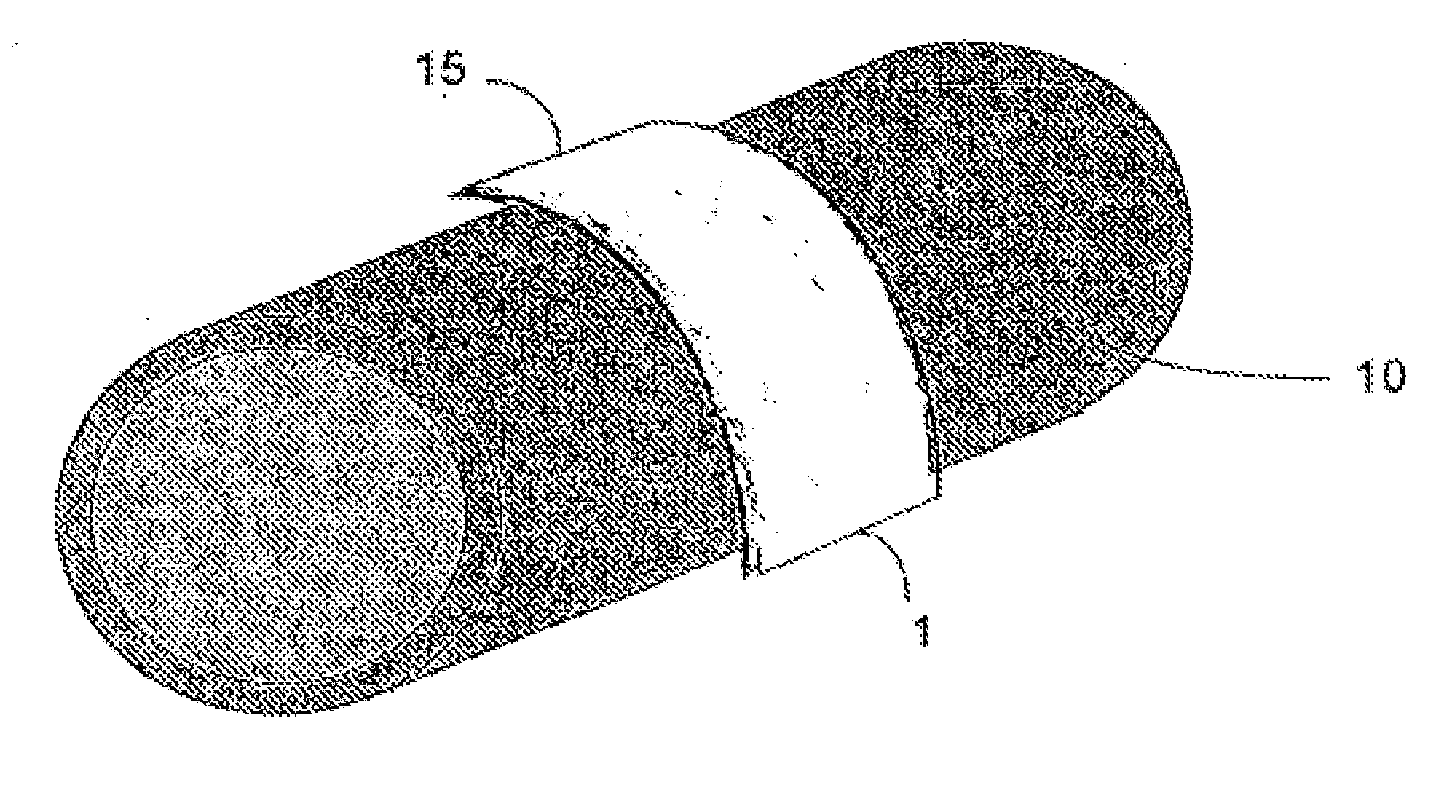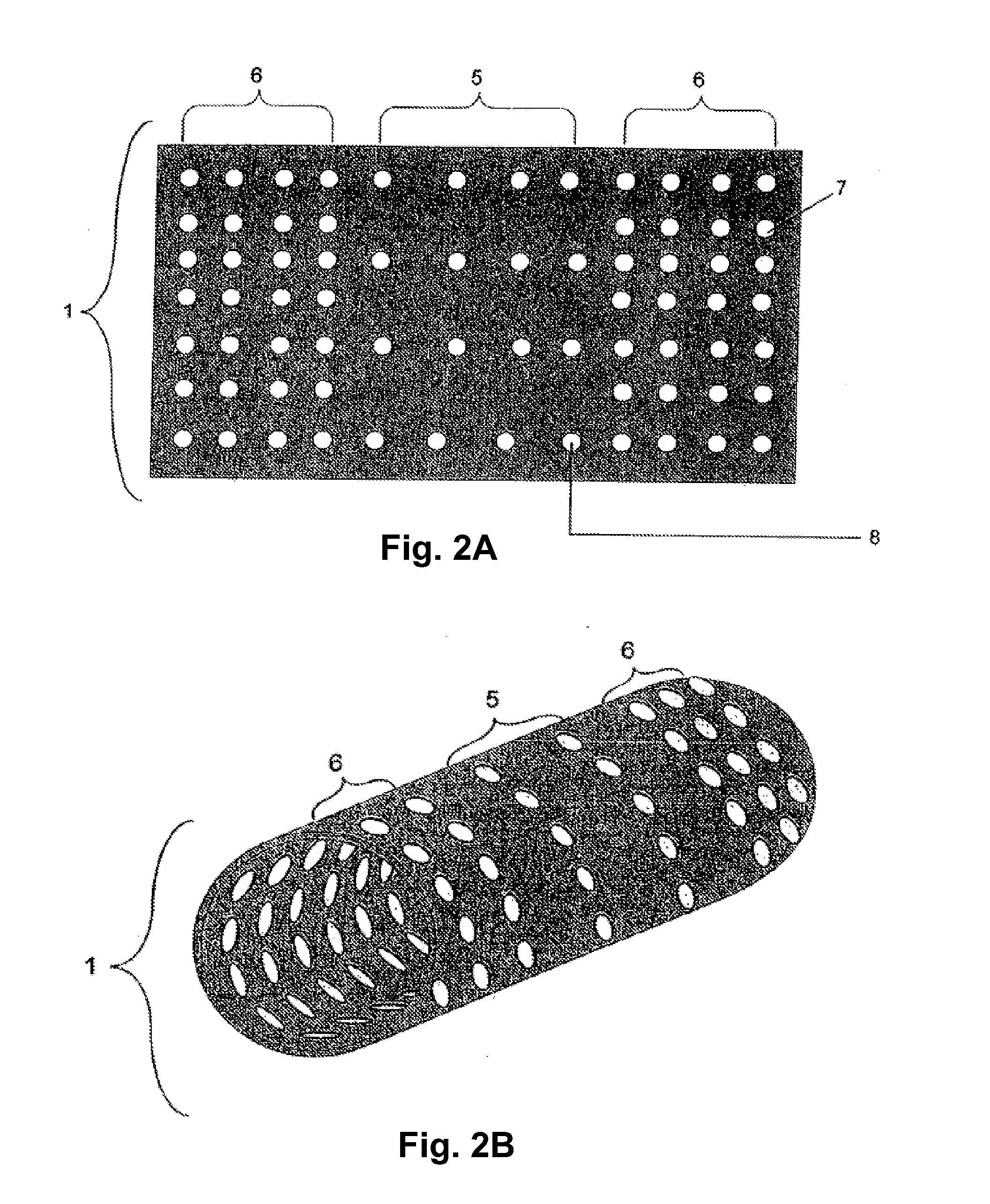Covering for an endoprosthetic device and methods of using for aneurysm treatment
a technology of endoprosthetic devices and endoprosthetic devices, which is applied in the field of endoprosthetic devices, can solve the problems of inaccessible open procedures for intracranial aneurysms, surgical procedures carry a significant degree of morbidity and mortality, and the rupture of aneurysms may be fatal, so as to reduce the risk of aneurysm rupture, reduce the speed and amount of blood flow, and reduce the risk of aneurysms
- Summary
- Abstract
- Description
- Claims
- Application Information
AI Technical Summary
Benefits of technology
Problems solved by technology
Method used
Image
Examples
Embodiment Construction
[0027]The following detailed description should be read with reference to the drawings in which like elements in different drawings are numbered identically. The drawings, which are not necessarily to scale, depict selected embodiments and are not intended to limit the scope of the invention.
[0028]Examples of constructions, materials, dimensions, and manufacturing processes are provided for selected elements. All other elements employ that which is known to those skilled in the field of the invention. Those skilled in the art will recognize that many of the examples provided have suitable alternatives that may also be used.
[0029]The covered endoprosthetic devices of the invention are covered with a sheath. The sheath preferentially restricts or causes a restriction of blood flow to the aneurysm while leaving blood flow to surrounding areas (e.g., small perforator vessels or arteries around the neck of the aneurysm) substantially unaffected. In one embodiment, blood flow to the aneur...
PUM
 Login to View More
Login to View More Abstract
Description
Claims
Application Information
 Login to View More
Login to View More - R&D
- Intellectual Property
- Life Sciences
- Materials
- Tech Scout
- Unparalleled Data Quality
- Higher Quality Content
- 60% Fewer Hallucinations
Browse by: Latest US Patents, China's latest patents, Technical Efficacy Thesaurus, Application Domain, Technology Topic, Popular Technical Reports.
© 2025 PatSnap. All rights reserved.Legal|Privacy policy|Modern Slavery Act Transparency Statement|Sitemap|About US| Contact US: help@patsnap.com



